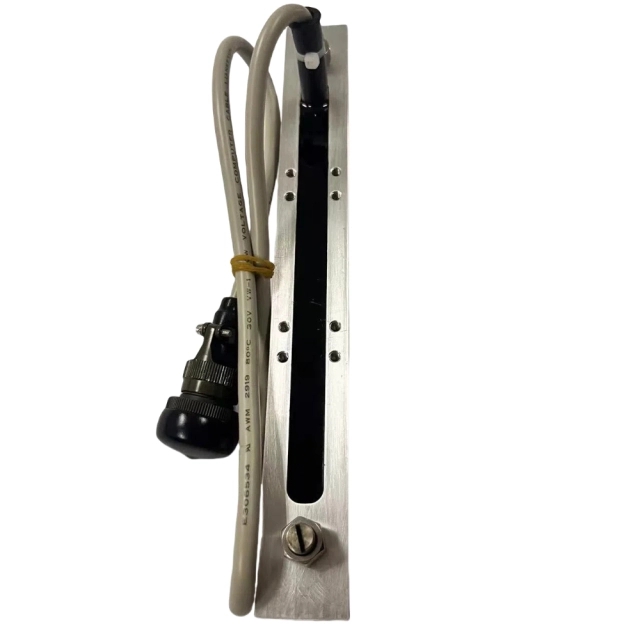Advances in Magnetic Flux Leakage Testing Technology
Table of contents:
The Evolution of Magnetic Flux Leakage Sensors
Developments in High-Resolution Magnetic Flux Leakage Imaging
Evaluating the Durability and Reliability of Magnetic Flux Leakage Tools
The Evolution of Magnetic Flux Leakage Sensors
Magnetic Flux Leakage sensors play a pivotal role in detecting defects such as surface cracks, scratches, or inclusions in metal structures. Traditionally, MFL sensors had some limitations in sensitivity and accuracy, often struggling to detect smaller anomalies. Modern magnetic flux leakage equipment manufacturers, however, have innovated these sensors to offer higher signal sensitivity and better signal-to-noise ratios. For instance, lateral and transverse magnetic flux leakage probes are now widely used for detecting subtle yet critical imperfections, providing industries with the capability to identify potential threats much earlier. These probes, often made from advanced materials like aluminum alloy, ensure reliability in demanding environments while reducing system noise for sharper results. With continuous R&D into lightweight materials and better electromagnetic configurations, the current generation of MFL sensors sets a new benchmark for efficiency and effectiveness.
Developments in High-Resolution Magnetic Flux Leakage Imaging
Another game-changing development in MFL testing technology is the advent of high-resolution imaging techniques. This capability allows operators to precisely visualize the extent and nature of defects, offering actionable insights for maintenance and repair tasks. High-resolution imaging enhances not just the detection process but also the ability to predict the longevity of the tested component. Magnetic flux leakage equipment manufacturers now integrate advanced software for real-time imaging, enabling operators to assess defects with exceptional clarity. These advancements are particularly critical for industries like oil and gas, where failure to detect even minor weaknesses in pipelines can result in catastrophic consequences. Improved imaging technologies allow seamless communication between data capture devices and analysis systems, ensuring that technicians can make accurate, timely decisions. By integrating imaging into both portable and large-scale configurations, suppliers of wholesale magnetic flux leakage equipment are ensuring accessibility to businesses of all sizes.
Evaluating the Durability and Reliability of Magnetic Flux Leakage Tools
Durability and reliability are essential factors when evaluating tools used for NDT, especially for MFL-based systems. The latest magnetic flux leakage equipment is designed to endure extensive operating periods without compromising performance. This robustness is achieved through advancements in sensor life cycles, component durability, and anti-corrosion materials. Manufacturers like Tianjin Ruicheng Testing Technology, for example, have focused on creating solutions that align with the diverse working conditions of industries across different regions. Their equipment not only meets international testing standards but also offers tailored solutions to handle specific industrial conditions. Additionally, the ability to customize these tools as per client requirements ensures that businesses receive equipment designed for optimal results. Reliability is further supported through shorter production cycles and dedicated after-sales services, which minimize downtime and ensure long-term productivity.
Magnetic flux leakage testing, as a whole, has come a long way from its earlier versions. With improved sensors, high-resolution imaging, and enhanced reliability in tools, the industry is well-equipped to meet the evolving demands of non-destructive testing. These advancements not only make industrial processes safer but also bring efficiency by cutting down maintenance cycles and unexpected failures. Wholesale magnetic flux leakage equipment manufacturers are at the forefront of this evolution, providing advanced solutions for industries such as oil and gas, manufacturing, and infrastructure maintenance. Their equipment is designed to detect flaws and ensure the integrity of critical components, catering to a wide spectrum of industrial applications while emphasizing innovation, precision, and long-term reliability. By continuously improving their technology, these manufacturers play a vital role in enhancing safety and operational efficiency across various sectors.


Comments
Post a Comment